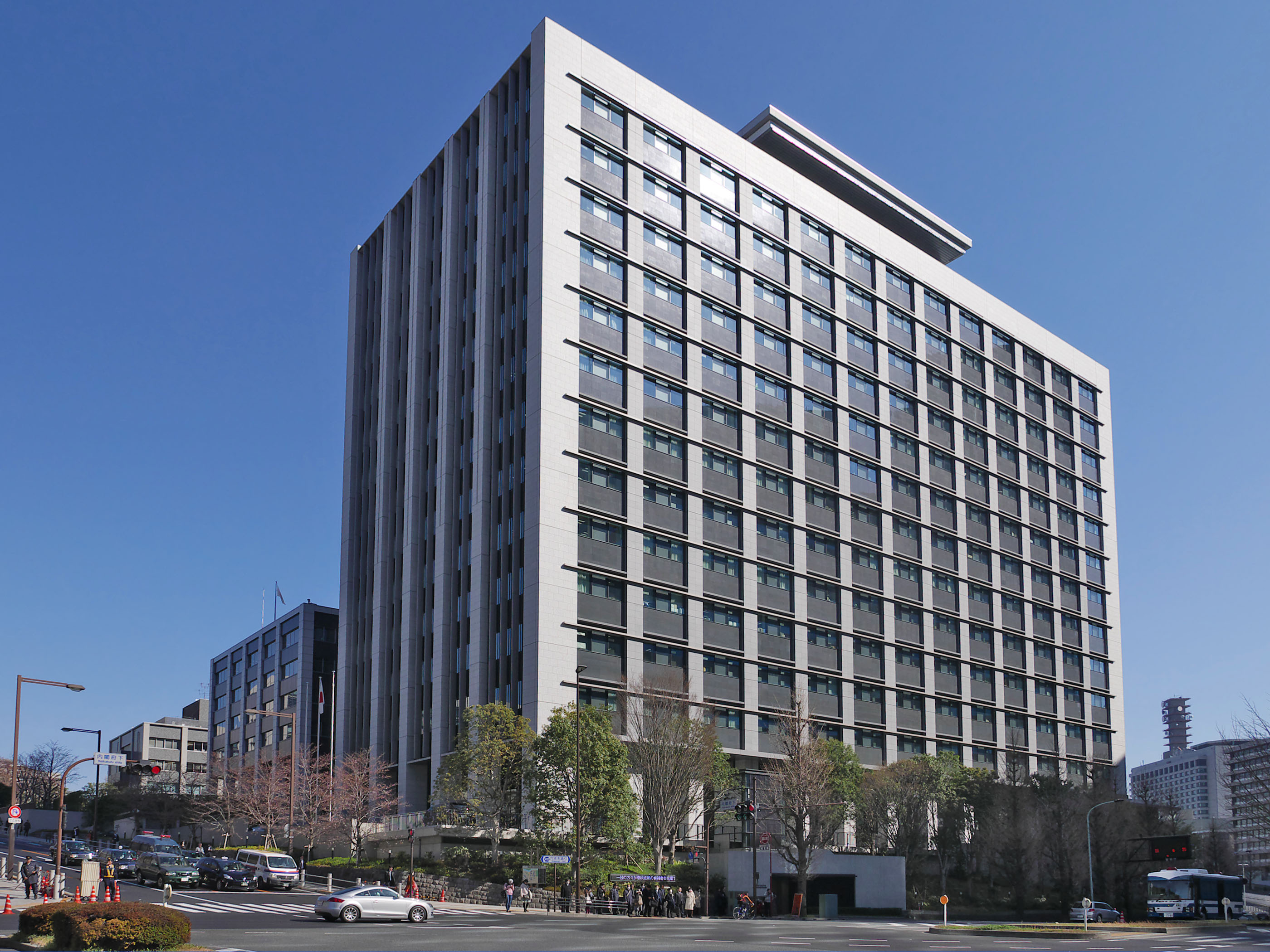|
Securities And Exchange Surveillance Commission
The is a Japanese commission which comes under the authority of the Financial Services Agency. It is responsible for “ensuring fair transactions in both securities and financial futures markets.” Its current Chairman is Mitsuhiro Hasegawa, who assumed the post in 2017. There are two chairmen, Shinya Fukuda, and Masayuki Yoshida. History The SESC was formally established on July 20, 1992, in the wake of a number of 1991 scandals related to securities companies. In June 1998, the Financial Supervisory Agency and the SESC were split off from the Ministry of Finance, and the Financial Supervisory Agency became the Financial Services Agency. Structure The SESC has five objectives, and a division to handle each one: * Market Surveillance * Compliance Inspection * Disclosure Document Inspection * Administrative Civil Monetary Penalties Investigation * Enforcement-Investigation and Filing Criminal Charges Criticisms Unlike the U.S. Securities and Exchange Commission, the SESC doesn't ... [...More Info...] [...Related Items...] OR: [Wikipedia] [Google] [Baidu] |
Financial Services Agency
The is a Japanese government agency and an integrated financial regulator responsible for overseeing banking, securities and exchange, and insurance sectors in order to ensure the stability of the financial system of Japan. The agency operates with a Commissioner and reports to the Minister of State for Financial Services. It oversees the Securities and Exchange Surveillance Commission and the Certified Public Accountants and Auditing Oversight Board. Its main office is located in Tokyo. History The FSA was established on July 1, 2000 by the merger of the Financial Supervisory Agency with the Financial System Planning Bureau, a bureau of the Ministry of Finance. The Financial Supervisory Agency had been established in 1998, amid severe instability in the Japanese financial system, to conduct concentrated inspections of Japanese financial institutions in coordination with the Bank of Japan. The FSA was under the supervision of the Financial Reconstruction Commission (FRC) unti ... [...More Info...] [...Related Items...] OR: [Wikipedia] [Google] [Baidu] |
Ministry Of Finance (Japan)
The is one of the cabinet-level ministries of the Japanese government. The ministry was named the until 2001. The Ministry is headed by the , who is a member of the Cabinet and is typically chosen from members of the Diet by the Prime Minister. Overview The Ministry originated in the 6th century, when the was established as a state treasury in ancient Japan. When a modern system of government was introduced after the Meiji Restoration, the was established as a government body in charge of public finance and monetary affairs. It is said that new ministry employees are subtly reminded that the Ōkura-shō predates by some 1269 years when the new Constitution was imposed on the nation by the U.S. occupation forces in 1947. The Ministry has long been regarded as the most powerful ministry in the Japanese government. After various financial scandals revealed in the 1990s, however, the Ministry lost its power over banking supervision to a newly established Financial Services Ag ... [...More Info...] [...Related Items...] OR: [Wikipedia] [Google] [Baidu] |
Financial Services Agency (Japan)
The is a Japanese government agency and an integrated financial regulator responsible for overseeing banking, securities and exchange, and insurance sectors in order to ensure the stability of the financial system of Japan. The agency operates with a Commissioner and reports to the Minister of State for Financial Services. It oversees the Securities and Exchange Surveillance Commission and the Certified Public Accountants and Auditing Oversight Board. Its main office is located in Tokyo. History The FSA was established on July 1, 2000 by the merger of the Financial Supervisory Agency with the Financial System Planning Bureau, a bureau of the Ministry of Finance. The Financial Supervisory Agency had been established in 1998, amid severe instability in the Japanese financial system, to conduct concentrated inspections of Japanese financial institutions in coordination with the Bank of Japan. The FSA was under the supervision of the Financial Reconstruction Commission (FRC) unt ... [...More Info...] [...Related Items...] OR: [Wikipedia] [Google] [Baidu] |
Financial Regulatory Authorities Of Japan
Finance is the study and discipline of money, currency and capital assets. It is related to, but not synonymous with economics, the study of production, distribution, and consumption of money, assets, goods and services (the discipline of financial economics bridges the two). Finance activities take place in financial systems at various scopes, thus the field can be roughly divided into personal, corporate, and public finance. In a financial system, assets are bought, sold, or traded as financial instruments, such as currencies, loans, bonds, shares, stocks, options, futures, etc. Assets can also be banked, invested, and insured to maximize value and minimize loss. In practice, risks are always present in any financial action and entities. A broad range of subfields within finance exist due to its wide scope. Asset, money, risk and investment management aim to maximize value and minimize volatility. Financial analysis is viability, stability, and profitability assessment ... [...More Info...] [...Related Items...] OR: [Wikipedia] [Google] [Baidu] |
Cabinet Office (Japan)
The (CAO) is an agency of the Cabinet of Japan. It is responsible for handling the day-to-day affairs of the Cabinet. The Cabinet Office is formally headed by the Prime Minister. Ministers History The Cabinet Office was established on 6 January 2001, following the reorganization of the central government. It was created to assist in the planning and overall coordination of government policies led by the Cabinet (including the Cabinet Secretariat). The Cabinet Office is different from other ministries and agencies, as it is installed in the Cabinet and includes several Ministers of State called Minister of State for Special Missions. Early on, some argued it was inappropriate to use the name Cabinet Office because "it is an organization that divides and manages administrative affairs and not the cabinet itself". The National Administrative Organization Law does not apply, and all necessary items are stipulated in the Cabinet Office Establishment Law. Since many important ... [...More Info...] [...Related Items...] OR: [Wikipedia] [Google] [Baidu] |
